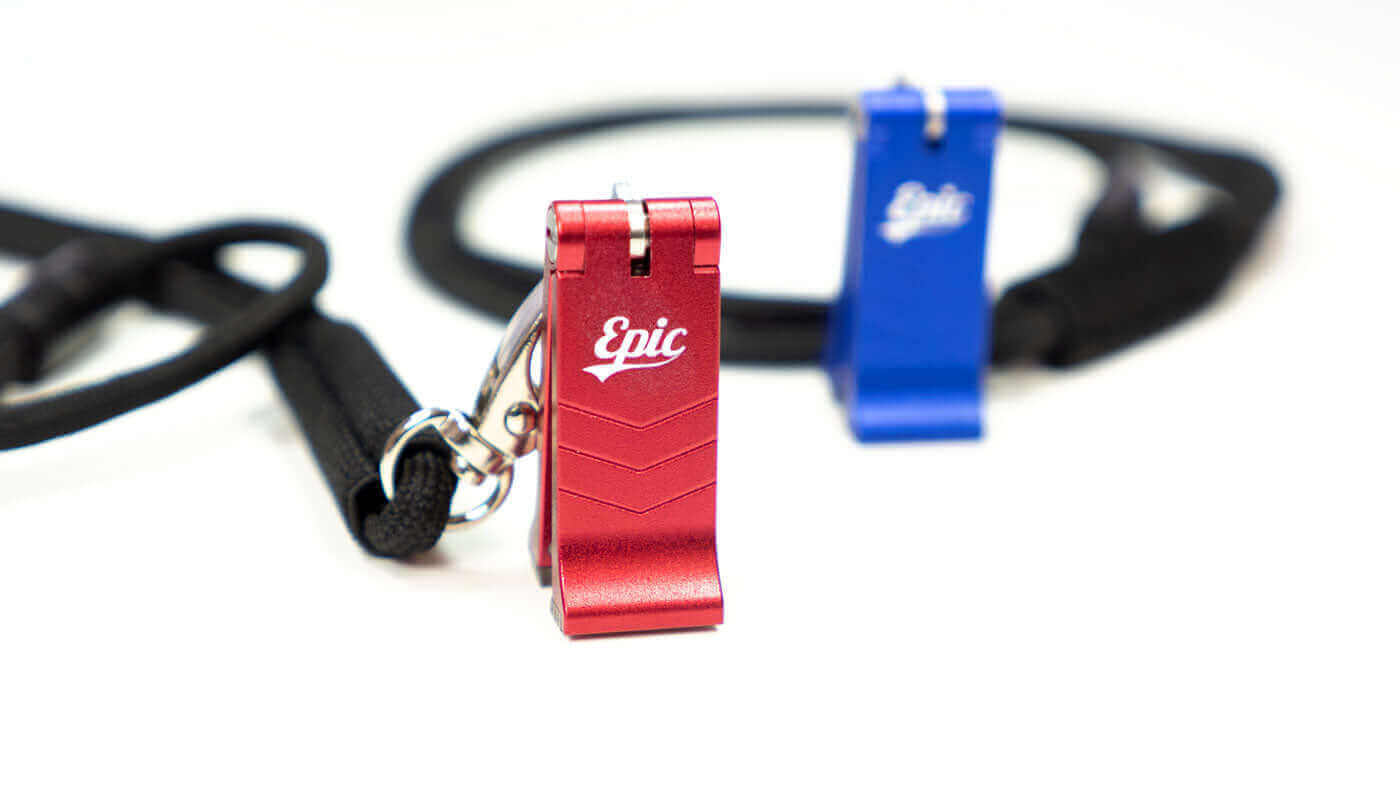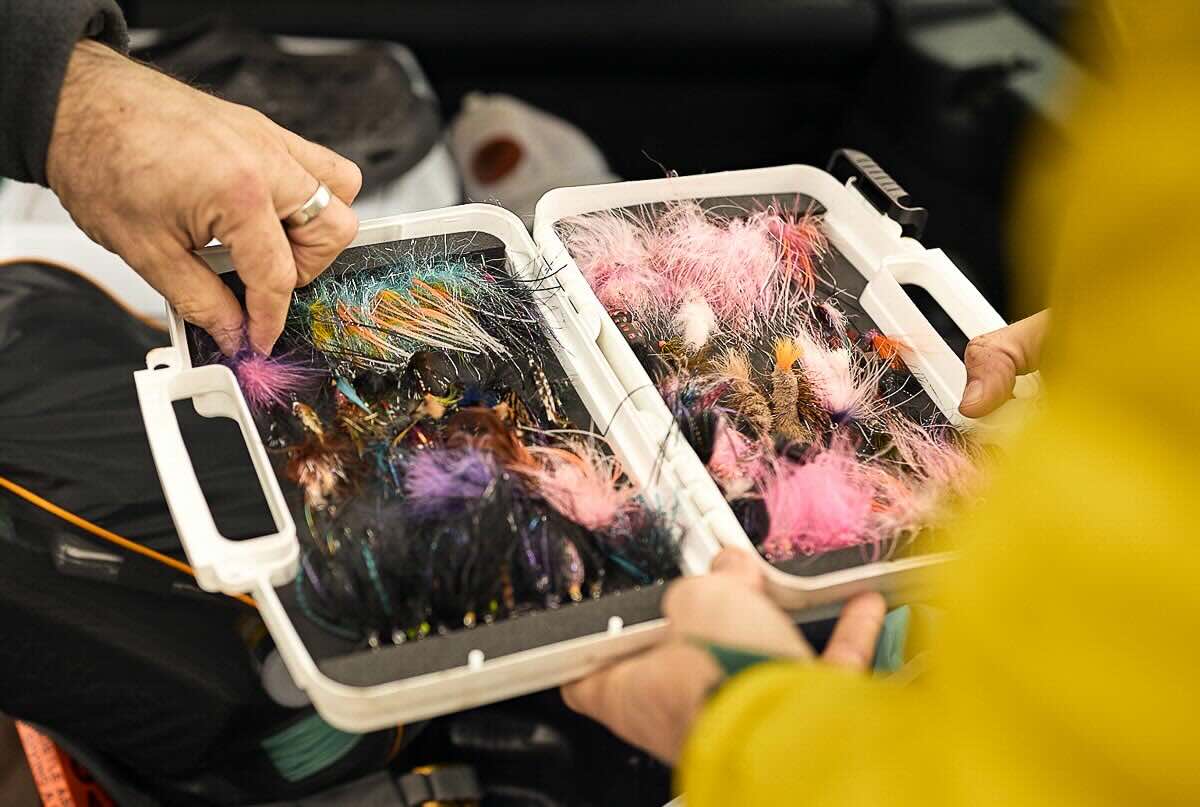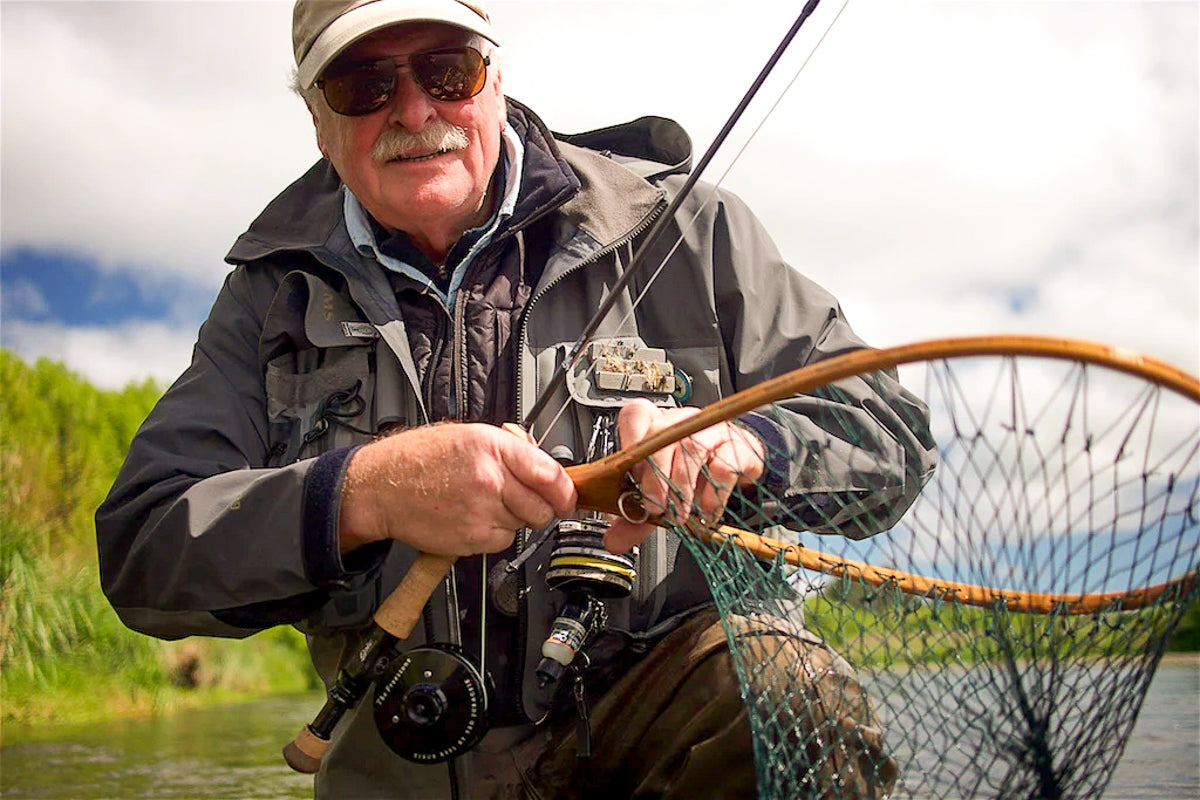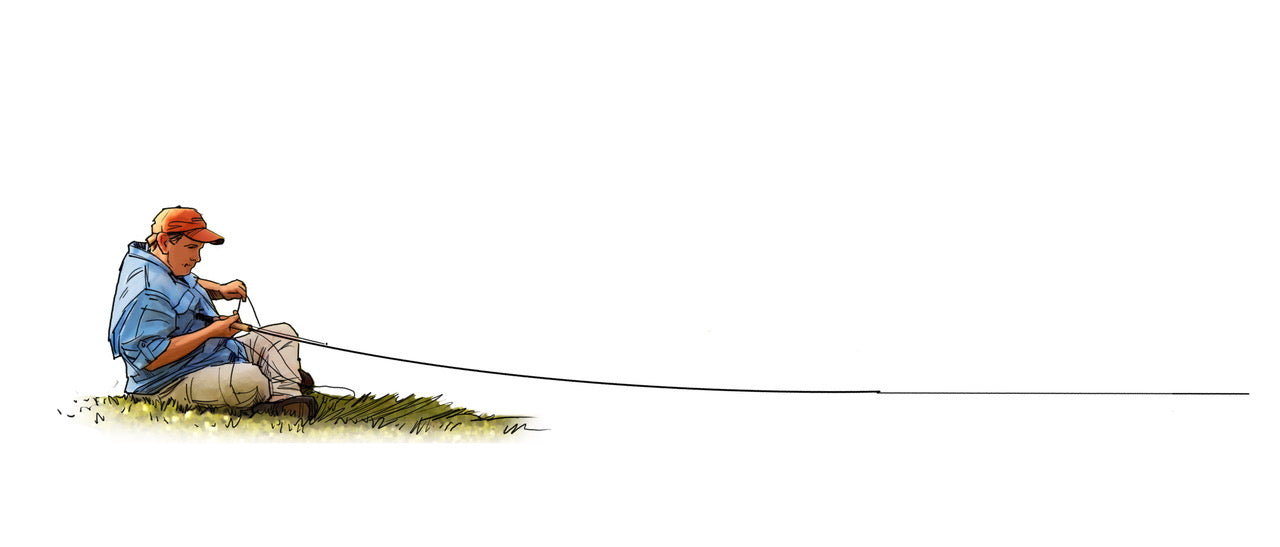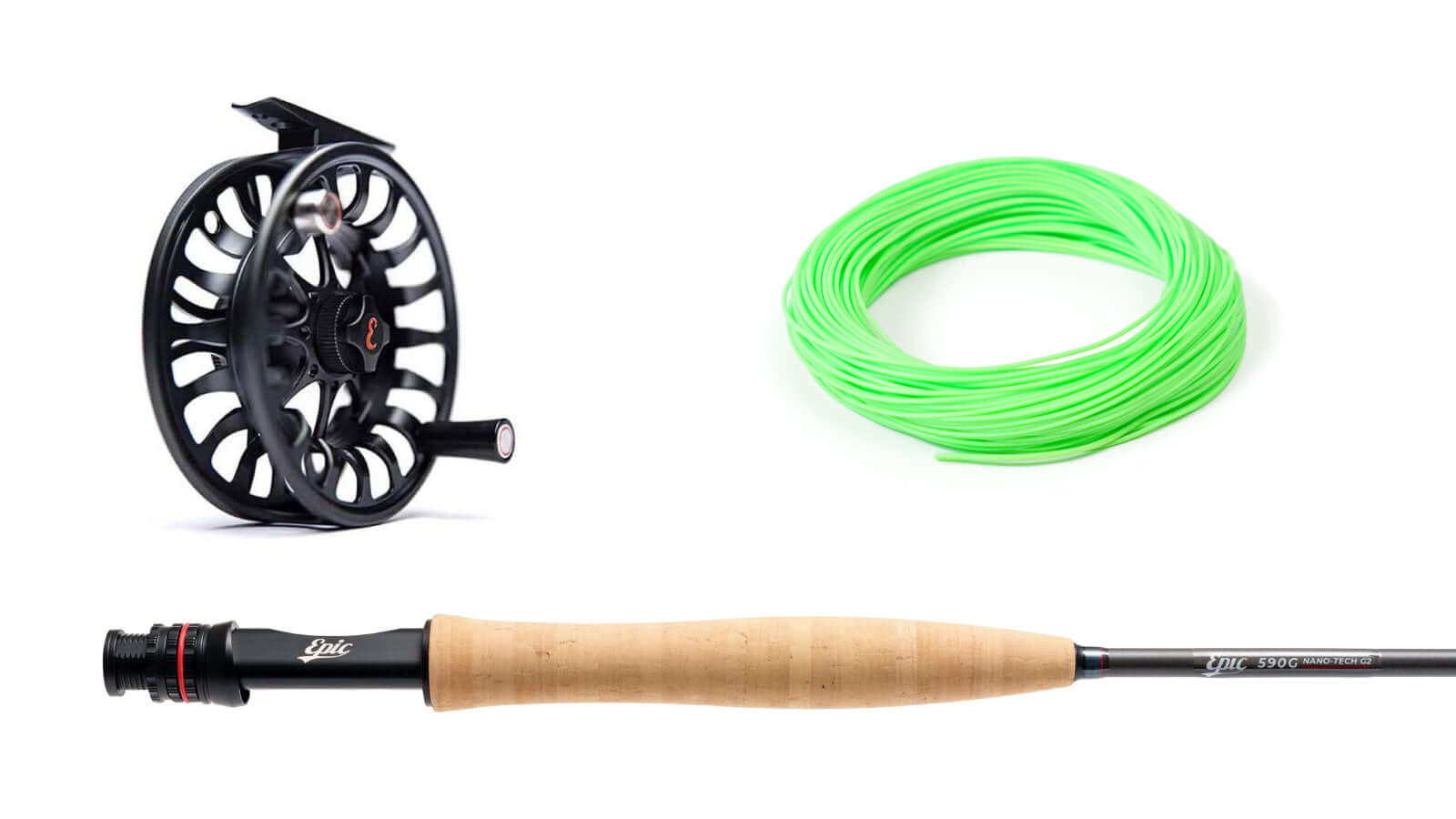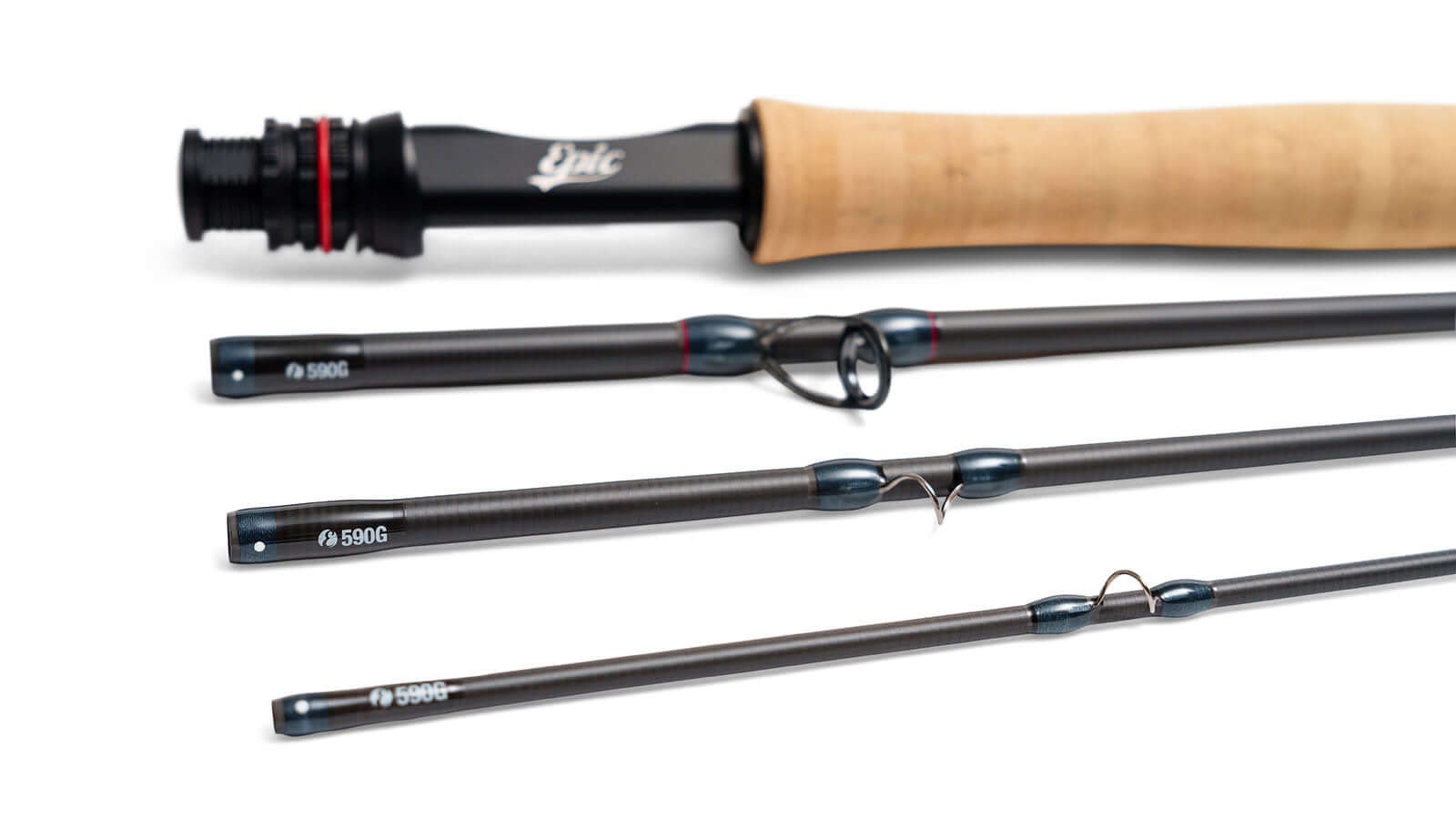As the Greek poet Archilochus said, "The fox knows many things; the hedgehog one big thing." The one big thing to know here is that after reaching a certain size, trout turn to eating fish.
I saw my first streamers on the Crowsnest River in southern Alberta. It was 1958 or ’59, and my brothers and I were just kids, camping with my dad as we did for two weeks every summer. Fishing every day and never meeting another soul. Those really were the days.
One day Dad came back to camp from downstream and showed me two big flies, tied on what I now know as black enamelled, low water salmon hooks. Big. Had to be a 1 or 1/0. We’d never seen anything like them. Our trout flies back then were size 12 wets, Royal Coachman and Blue Upright and the unusual dry Deer Hair Caddis, tied by Jerry Avoledo of Bellevue, which we naively called a “bucktail”.
These big flies really were bucktails. About three inches of strong yellow bucktail lashed to either a red or black silk body, ribbed with silver oval tinsel. Dad said he’d met two anglers downstream, unusual enough, but more unusual was that they were Americans. Even more unusual was that they told Dad they were after big brown trout that lived in the river below Lundbreck Falls. This, to us, was crazy talk. I’d never seen a brown trout, anywhere we fished, and to hear this was patent nonsense. These guys clearly were on bad information. The Crowsnest held rainbows, cutthroat and whitefish, and suckers, of course. But brown trout, nope. Yanks, eh? What are they like?

Wrong. Years later, I learned that brown trout had been stocked below the falls many years earlier, possibly by some romantic Brit or early acclimatisation group, so these American anglers were not misled. They gave Dad the impression that these big streamers were successful on the Crow. We never tried them, just wore them in our hats, and never did see a brownie in that river. Now days, obviously, the river below the Oldman dam has a good population of brown trout, and anglers like Dave Jensen do great work on big trout down there with Woolly Buggers and streamers. Streamers are a thing, there and everywhere.
Fish imitating flies have been around forever, of course. Joe Bates did a great book on it back in the sixties, with all the old and new patterns to that time. Joe Brooks was a famous streamer enthusiast for western brown trout and advocated the cross-stream “broadside float”, which reheated AHE Woods greased-line approach for Atlantic Salmon and is an excellent tactic for fishing streamers for trout.
Like everyone else, I turn to a sort-of Woolly Bugger or similar lure any time the fish aren’t responding the way they should to dries and small nymphs. Over the years, streamers have rewarded me with some cracking fish, so I always carry a few with me, especially for high or coloured water. Now that high or coloured water is a regular event for some reason, the streamers get broken out regularly. I even begin with them sometimes, rather than waiting to see if they’ll take the dry.
So, for me, maybe being a bit late to the party in some respects, streamers are a big thing. They are fun to tie and even more fun to fish. Better yet, they really work! Streamers for trout are slowly getting attention on some Scottish waters, and among Kiwi big fish hunters. I’m definitely planning on some serious streamer work on my next NZ trip.

Kelly Galloup is responsible for the 21st Century streamer revival, and most of the current hot streamers owe a lot to his ideas on design and how to fish them. Guides rely on them for drift boat fishing, for example, and even newbies can usually get a few good fish without knowing everything about fly patterns or trout behaviour. As the Greek poet, Archilochus said; 'the fox knows many things; the hedgehog one big thing'. The one big thing to know here is that after reaching a certain size, trout turn to eating fish.
Like any approach to fly fishing, it isn’t long before you realise that you have to gear up for it. My quick dry fly rods will do the job in a pinch but aren’t really designed for slinging four-inch streamers. Big streamers can be very air resistant and/or heavily weighted, both creating issues for casting, so I like a medium action rod with some bottom grunt to it. I line up in terms of grain weight, too, usually two sizes by the old AFTM. In other words, I string a 6wt rod with an 8wt line, usually a full sinker or a floater with a sink tip. Both have advantages.

Forget tight overhead loops and pinpoint accuracy. Employ oval casts with nice smooth open loops, fully extending on the back cast, things I learned ducking heavy saltwater Clousers. One of those in the back of the head is a wake-up.
Don’t worry about leader shyness for this work. Short heavy leaders of three to four feet, no lighter than twelve or even up twenty pounds is the order of the day. On still waters you’ll use more finesse but on streams it’s fast and furious. By the way, I’m not talking swinging flies here. That’s a different game entirely. This is slinging flies. Quartering upstream casts and quick jerky retrieves across the stream. Line handling is important. The fish respond right away or after a short chase. Occasionally you’ll get a snatch on the downstream swing, but it’s more often a fast grab across from you.
My favourite streamers are rabbit strip “zonker” style things, tied on large single hooks, sometimes with a stinger or trailing hook. The trout usually grab the fly cross-wise and seem to go for the head of the critter you are presenting so the trailing hook is maybe not necessary.
Kelly Galloup has some colour strategies taking light conditions into account, which are maybe worth looking into. I stick to dark or light flies, usually natural rabbit strips with a bit of colour somewhere, and don’t overdo the flash. Dark streamers for low light and light colourful jobs for bright days, is a good trad rule to go by. Dumb-bell eyes are good for weight, as are cone heads and large beads for smaller sizes. Unweighted flies on a sinking line with a short leader will usually work well on any stream less than six feet deep. Large fish-eating trout tend to feed up. Even sculpins get eaten when they are exposed, not tucked into the rocks. Crayfish imitations, if you have them on your water, require different tactics, like jig-streamers.
Designing and tying your own streamers is half the fun, especially between seasons, and there is plenty of online stuff to guide you. Marabou, rabbit strips, rubber legs, all good. Some great streamers designs have been established for some time now, decades in some cases. Kelly Galloup and Gunnar Brammer are excellent online venues for info on streamer design and tactics.
- Bob Wyatt
Bob Wyatt is a photographer, recognised author and painter, Certified Fly Casting Instructor and fly angler. He has published two highly regarded books on fly fishing. What Trout Want: The Educated Trout and Other Myths and Trout Hunting: The Pursuit of Happiness. Both available on Amazon



